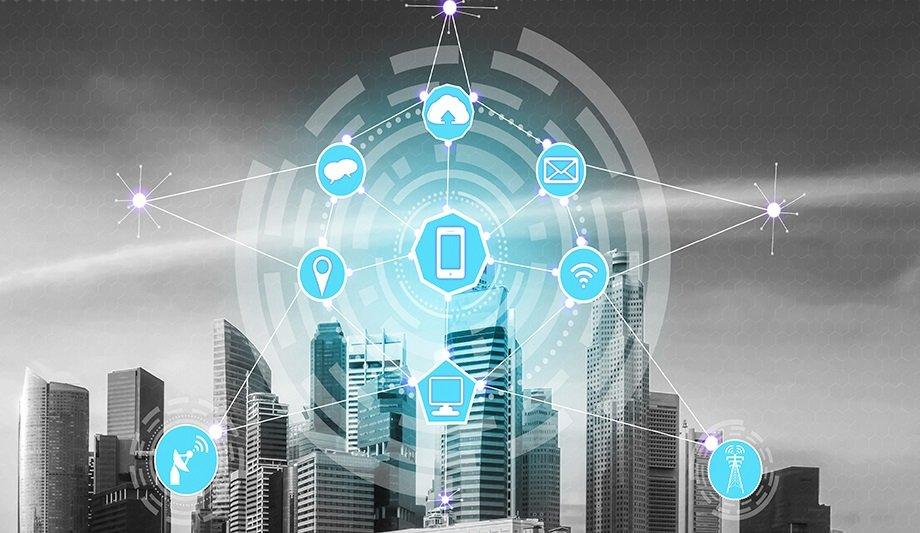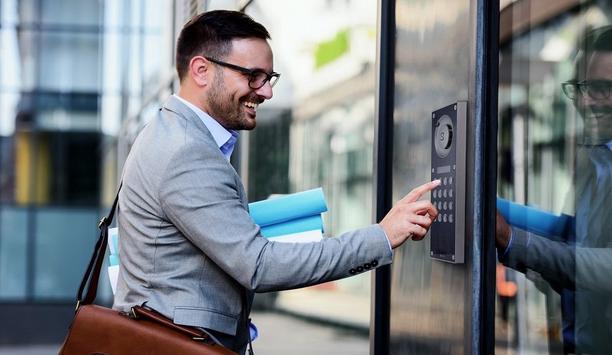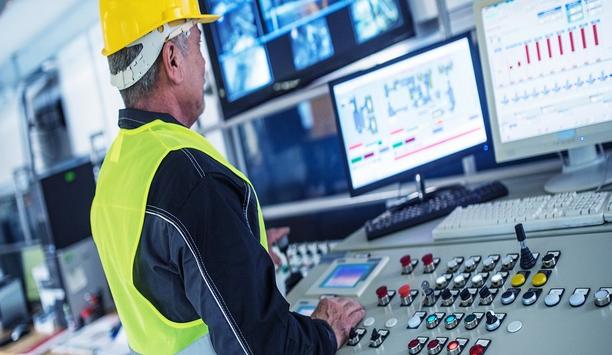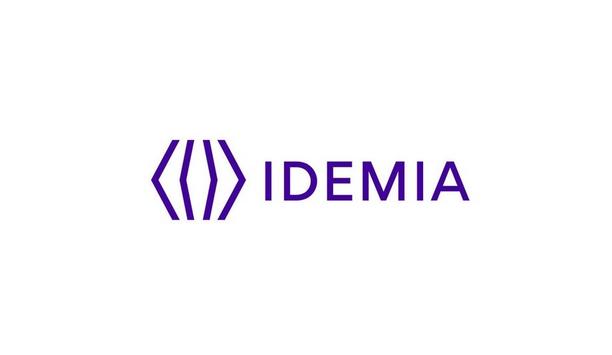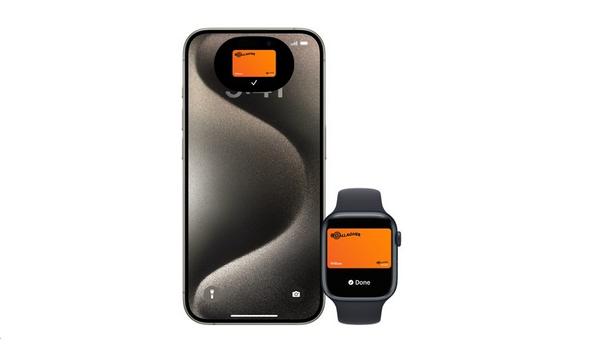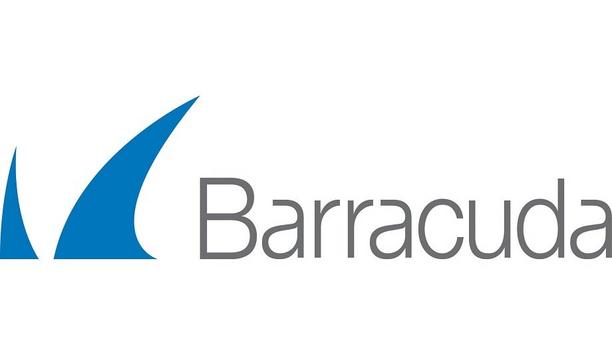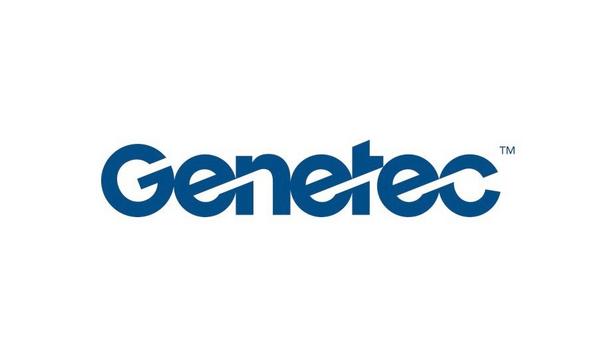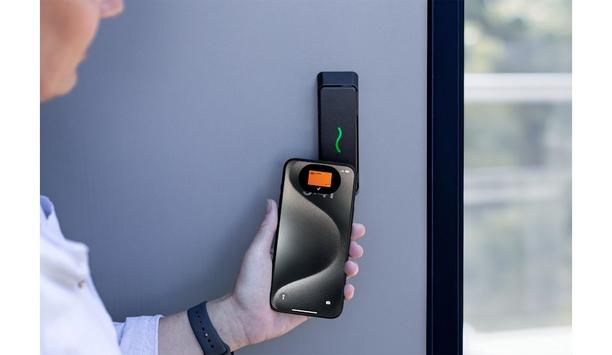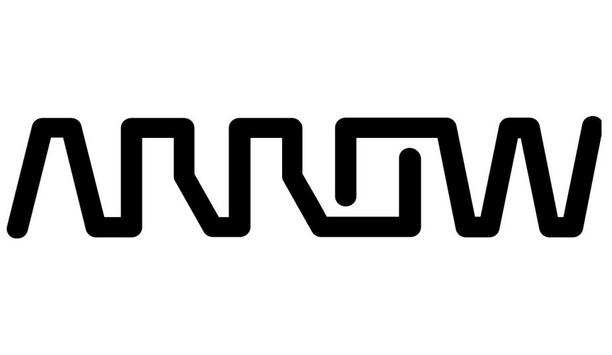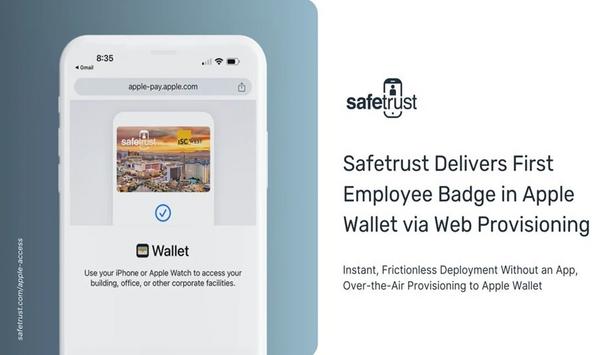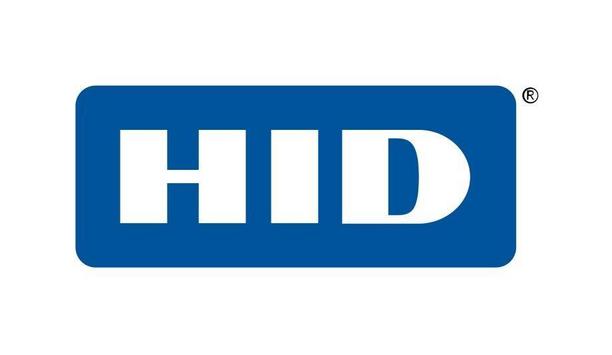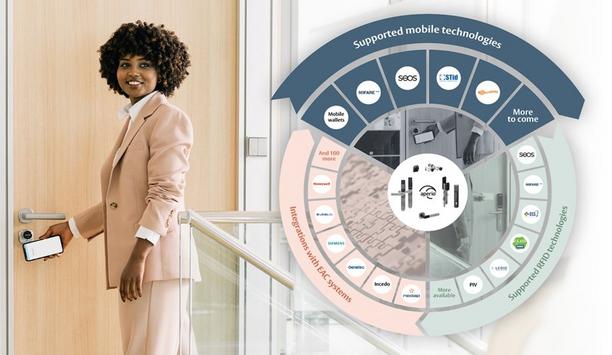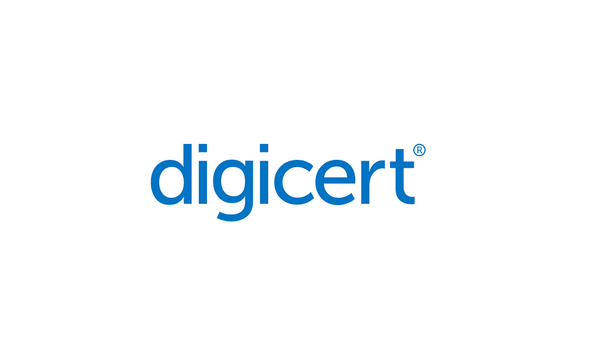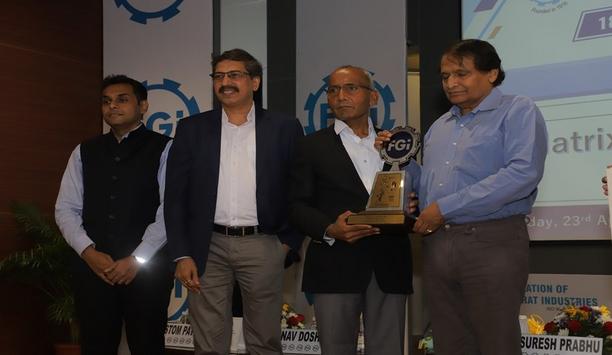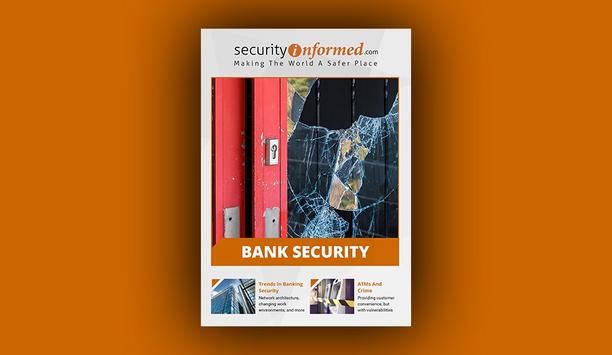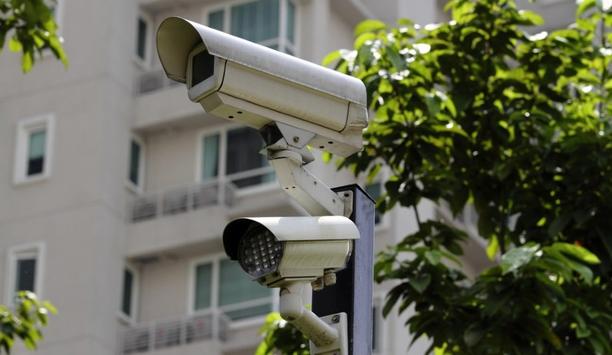What Are The Benefits Of Integrating Security With Building Management?
Editor Introduction
Sharing data between security and building management devices can provide a route to maximize building usage and minimize costs. In today's Internet of Things (IoT) environment, tying together a variety of systems is easier than ever. For an update, we asked this week's Expert Panel Roundtable: What are the benefits of integrating security technology with building management systems (BMS)?
When organizations bring data from many different sources into one place, they can get a more complete picture of what’s happening in their environment. A unified, physical security platform that enables the integration of various devices and applications centralizes data for a richer environmental context. Facility and security teams have better visibility and intelligence. They can integrate the data from IoT systems that track room temperature, air quality, lighting, occupancy, and other facility information for actionable insight that helps streamline operations. Unified systems bring teams across the organization together on a common toolset, using a common language, to gain insights and make improvements to the things they do every day.
Post-pandemic, there has been a great need for information about building usage and occupancy. Tenants need to know if their space requirements have shrunk now that so many people are working remotely. They need to understand which rooms, offices and other areas are no longer being used enough to warrant keeping them rented, heated or air-conditioned and otherwise in service. Building owners and property managers have a need for data around usage of shared amenities, as well as overall density of traffic in facilities. Integrating security technologies with building management systems is an easy way to gather this data from a single source of truth. Data points gathered from access control systems can then be confirmed via video analytics then utilized by the building management system to better manage the usage of available resources. The benefits of integration go beyond automation to include better data governance and usage.
In a word, the biggest benefit is the simplicity! Automating the control of Building Management Systems (BMS) via the security system of choice allows for minimal user input and accommodates the most beneficial outcome for the facility and the end user alike. Integrated security and BMS solutions can create an environment that caters to the needs of building occupants while simultaneously providing cost savings and efficiencies for system owners. A task as simple as turning off the lighting and relaxing the air handling settings when a security alarm system has been armed, can save power and money, remove the human error element, and ease the administrative load of the team who would otherwise be responsible for these changes. BMS integrations enable the smart use of resources to save you time and money, and the possibilities are endless — all via your centrally managed facility.
Integrating security technology with building management systems (BMS) brings several advantages. It offers a holistic view of the facility, allowing comprehensive monitoring and real-time response. By combining security systems like access control, video surveillance and video analytics with BMS, operational efficiency is improved as security measures seamlessly coordinate with building systems such as HVAC and lighting. This integration enhances security effectiveness by enabling better identification of threats and immediate response actions. Management and maintenance tasks are simplified through a centralized platform, streamlining administration, and improving system reliability. The scalability and flexibility of integrated systems allow for easy adaptation to evolving needs, accommodating additions or expansions of security measures. Additionally, integration generates valuable data that can be analyzed for insights, supporting informed decision-making, and optimizing building performance. In summary, integrating security technology with BMS creates safer and more efficient environments while maximizing the value of building infrastructure.
Security technology is already well integrated with building management systems for its primary role, but it is also perfect for helping to ensure the built environment’s operations are more sustainable. Mainly this involves saving energy by switching NVAC and lighting etc. on and off to meet the needs of occupancy load and thereby avoiding wastage whilst ensuring occupants have the resources they need. Another key area in which integrated security technology can help is assisting with office footprint rationalization and assessment in the age of hybrid working. This includes accurately assessing how much space is needed, for which departments, and on which days/hours etc. With the ongoing development and adoption of Proptech (Property Technology) that is designed to augment the user experience, we are likely to see even more adoption of security and detection technology with building management as these systems become more complex and require further information to deliver the best service.
It’s all about creating a single pane of glass for better, more proactive management. By integrating security technology with a building management system (BMS), security personnel gain the ability to view and manage every aspect of a building’s management and security systems in one platform. As a result, operators can oversee multiple systems at once for more efficient sensor integration, faster alarm response times and more cost-effective resource management. When a BMS integrates security technology, operators can evaluate and act upon a diverse stream of data — everything from a person’s body temperature to their authorization level — for better-informed responses. Personnel can also access this accumulated data from a single pane of glass, using their preferred interface for management. Ideally, building operators also have access to a dynamic digital map of the locations of their devices throughout buildings. Integrating these applications to be more interoperable improves the important job of security.
The integration of physical security systems with building management is an imperative step for creating a secure, smarter, and efficient environment. Security leaders can gain a holistic view of building operations by combining these technologies, enabling better decision-making and swift event response. With real-time monitoring of building systems, security incidents can be promptly detected and addressed. This close integration between systems also ensures compliance with corporate policies and regulations. Moreover, this integration reduces costs by minimizing the need for separate systems and personnel to manage them, allowing for easy scalability.
We’ve seen firsthand how connecting the entire building benefits the end customer. From most frequent spaces used to understanding when spaces are used, modern security systems contain a wealth of information that can help buildings operate more efficiently. The biggest benefit is simple: greater visibility into what’s happening in and around their buildings. Aggregating data from different devices on a centralised platform ultimately also unlocks even greater control and efficiency. Integrating environmental sensors with access control or cameras that detect motion, for example, you can do everything from activating lights or heating system when a person enters a space to driving intervention from building HVAC by triggering systems to turn on ventilation or scrubbers to clean the air.
Integrating access control with building management systems boosts the security and safety of occupants and enhances the user experience not only for staff but visitors, too. In addition, it can improve the environmental sustainability and energy efficiency as key systems like air conditioning, heating, water, lift control and lighting can be optimised, thereby lowering operational and maintenance costs. This is primarily achieved when access control is smartphone based. Self-evidently, it is the door reader which provides the granular data upon which these decisions can be made. Information provided — like the number of people entering and exciting a building, floor or room — combined with other building sensors helps owners monitor and interact with their buildings far better. The forthcoming availability of solutions with built-in 'identity positioning' will augment this as real-time information 'behind the door' will show how people are using the building — based on data provided by their phones. No personal and private data is collected. Rather, information is anonymised and grouped in order to provide an overall picture about trends like space utilisation, occupancy and so on. In the context of a hybrid work environment, this could be financial gold dust. Why rent 10,000 sq foot of premium office space when the data demonstrates that through a combination of people working remotely from home as well as the office just 6,000 sq ft will do? Similarly, by providing real-time data like this to an appropriate HVAC system, the AC or heating could be turned off if the data shows that no one is in a particular room. It moves access control from just being a security solution preventing unauthorized entry to one that takes on a far more important and strategic role to enhance the operational engineering, maintenance and functioning of buildings.
Editor Summary
With its consequence of more employees working from home, the COVID pandemic has changed how buildings are used forever. Building management systems face a new challenge of analyzing data about building occupancy to enable more thoughtful and cost-effective utilization of real estate assets. Today’s connected security systems also have a role to play, more today than ever and likely increasing in the future.
- Related links
- Biometric Access control software
- Area Lockout Option Access control software
- Broadcast Messenger Access control software
- Contact Access control software
- Mifare Access control software
- Central Monitoring Option Access control software
- Door Monitoring Option Access control software
- ID Badging Software License Access control software
- Management Systems Upgrade Access control software
- Redundant System Software Access control software
- Remote software for telecode door entry phone system Access control software
- Server software for MSDE Access control software
- User tool for control panel Access control software
- Visitor Management tool Access control software
- Gallagher Access control software
- Genetec Access control software
- HID Access control software
- Morse Watchmans Access control software
- Progeny Access control software
- TDSi Access control software
- Verkada Access control software
- Related categories
- Access control software
- View all news from
- Gallagher Security
- HID Global
- TDSi
- Genetec, Inc.
- Morse Watchmans
- Salient Systems
- System Surveyor
- Verkada Inc.
- ACRE
Expert commentary
Security beat
Security bytes
- Getting To Know Dan Grimm, VP And General Manager Of Computer Vision At RealNetworks
- Big Wins And The Importance Of Showing Up: Insights From SecurityInformed.com Editor Larry Anderson
- Setting Goals, Business Travels And Radioactivity: Success Secrets From Tiandy's John Van Den Elzen
- Getting To Know Jeff Burgess, President/CEO At BCDVideo
Mobile access articles
Zenitel, a provider of intelligent communication solutions, announced the launch of two new door entry intercoms: the Turbine Extended Intercoms TEIV1+ and the TEIV4+. The new products display Zenite...
Physical security is essential for a modern production facility, users don’t want just anyone entering the building or accessing secure areas. But what about production machinery? Machine authe...
IDEMIA Secure Transactions (IST), a division of IDEMIA Group, is a provider of payment and connectivity solutions for financial institutions, mobile network operators, and automotive manufacturers. B...
Global security manufacturer, Gallagher Security, has announced that support for employee badges in Apple Wallet is available for Gallagher customers in the U.S. with the release of Gallagher Command...
Barracuda Networks, Inc., a trusted partner and major provider of cloud-first security solutions, announced that Neal Bradbury has been elevated to the role of Chief Product Officer. In this new role...
Genetec Inc., a renowned technology provider of unified security, public safety, operations, and business intelligence solutions, announced that its new enterprise-grade SaaS solution, Security Center...
Gallagher Security announced the latest release of their award-winning security site management software, Command Center v9.10, marking a significant evolution for the security platform trusted to pro...
Gunnebo Entrance Control has announced its acquisition of DG Concept and Diadem, a French entrance control, design, installation, and service specialist, marking a significant step in reinforcing its...
Global technology solutions provider - Arrow Electronics, Inc. (ARW) announced that Broadcom selected it as the sole provider for its CloudHealth from VMware offering. CloudHealth is designed to help...
In an industry-first, Safetrust provisions employee and visitor badges directly into Apple Wallet via an email link or text message, eliminating the need to download an application. This innovative a...
HID, a worldwide pioneer in trusted identity solutions, announces the availability of its new HID Seos Essential Bundle, providing small to mid-size businesses (SMBs) in Europe with the benefits of ad...
Compatibility with a range of credential technologies can be a critical factor when selecting access control. As organizations across the world explore a move to mobile keys for access, it is more imp...
DigiCert, a major global provider of digital trust, reconfirmed its commitment to standards and compliance with the successful completion of 31 audits within a 12-month period. These audits include a...
Interface Systems, a major managed service provider of business security, actionable insights, and purpose-built networks for multi-location businesses, announced that it is releasing an enhanced cust...
Federation of Gujarat Industries (FG)), Vadodara has conferred the Outstanding MSME Excellence Award at the 18th FGI Awards presentation ceremony. The objective behind the institution of these awards...
Multi-Residential Access Management And Security
DownloadGuide For HAAS: New Choice Of SMB Security System
DownloadPrecision And Intelligence: LiDAR's Role In Modern Security Ecosystems
DownloadHikvision: Solar Powered Product Introduction + HCP
DownloadBank Security
DownloadVerkada TD52 Cloud-Based Video Intercom
exacqVision IP08-64T-R1XW-E X-Series 1U Rdnt IP NVR 64TB RAID5 Windows OS with 8 IP Ent Lic
Climax Technology TouchPanel-3 7” Color Graphic Touchscreen Panel
